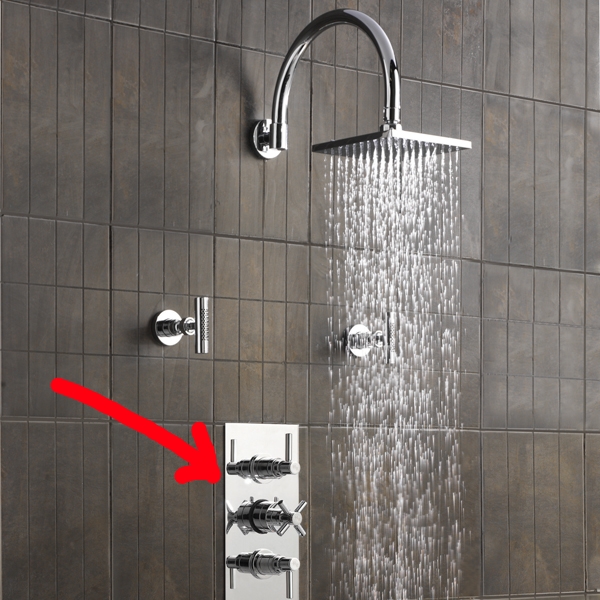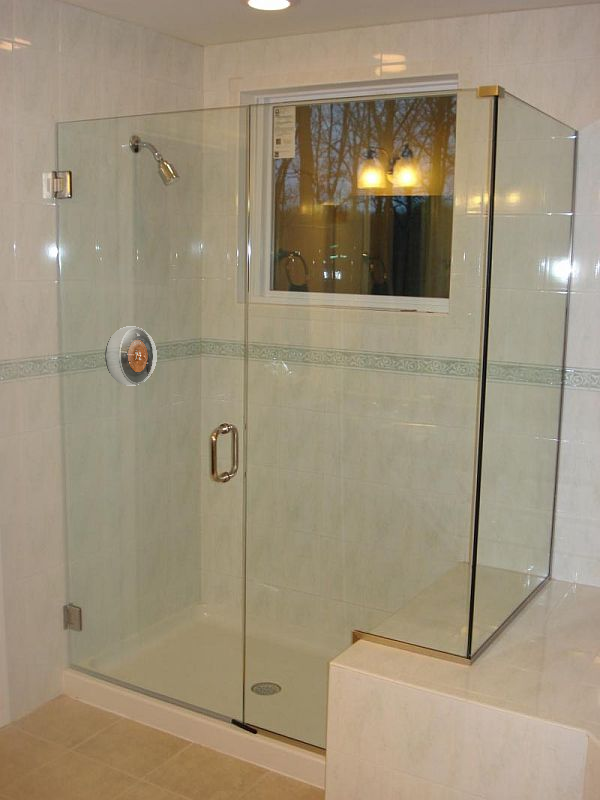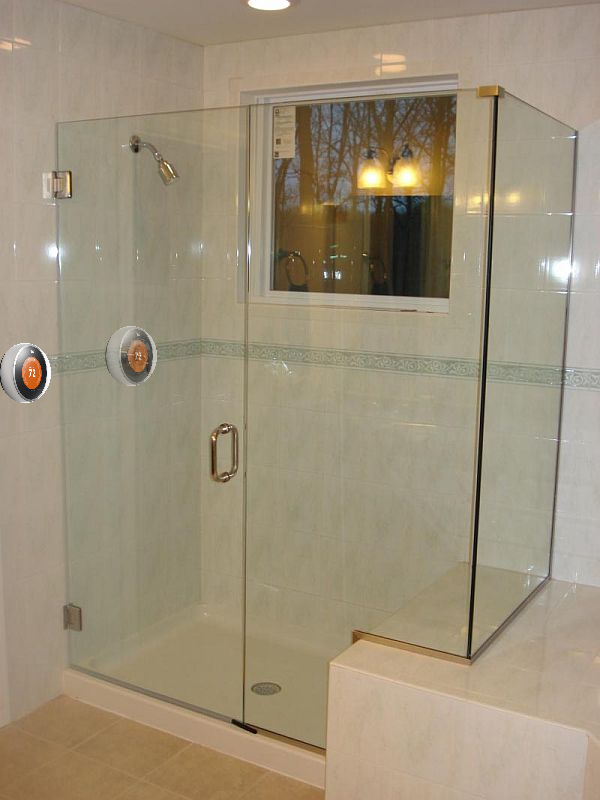Here’s a recent article about Nest covering all the details about how Google plans to make Nest the center of the connected home.
Ugh.
I’ll boil down the use cases and pain points they’re claiming Nest can help solve:
- If you’re running the wash, and Nest notices you’re not home, it’ll keep your dryer running for you so your clothes don’t wrinkle
- Nest can toggle your lights on and off, or turn the bulbs red, if it notices elevated CO2 levels
- Nest can text your neighbors if it detects smoke in the house
- Next can notify you if it thinks your kids are messing with it
- Nest & Mercedes are buddies now, so you can turn your thermostat on the EXACT SECOND you arrive home so you don’t waste energy
- Nest & Jawbone are buddies, so when Jawbone thinks you’ve fallen asleep it can adjust the thermostat to nighttime mode
Ugh, ugh, ugh.
My grievances from largest to smallest:
- A big part of Nest’s whole shtick is that it can save you money by making you smarter about your utility bill. In my opinion (and in Kevin’s, who’s written about this) , it seems kind of implausible that nickel-and-dime-ing a utility bill after laying out the $250 to first buy the device is ever going to return positive from a monetary basis. That’s the benefit that #4 and #5 are trying to sell you on. And yet… there’s #1, which promises TO LEAVE YOUR DRYER RUNNING INDEFINITELY[ref]How I feel about this.[/ref] while you’re out of the house for who knows how long. It’s worth pointing out that under just regular use, your clothes dryer already accounts for roughly 12% of your house’s entire electricity bill.What interests me: How does Nest justify building a system for this? They had to have done research to identify this use case and pain point. Who in the world A) Is regularly having the problem of leaving the house with the dryer running only to come back to wrinkled clothes, and B) Is upset enough about this that they need to buy an expensive product? I need to meet these people; maybe there’s a bridge I can sell them.[ref]This assumes they’re not too busy saving up on their utility bills so they can afford a nicer Mercedes.[/ref]
- Generally, you probably don’t really care about the room temperature once you’re asleep — after all, you’re asleep. When you do care about the room temperature is when you’re trying to fall asleep. I’m not sure what Nest & Jawbone’s intent is with #6. If they’re turning the thermostat off when inhabitants are asleep and won’t mind the heat/cool, then great, you’re saving another few nickels. If they’re saying you want to adjust the thermostat to make falling asleep more comfortable, then the timeline here totally misses the mark.Either way: For this system to work, it requires everyone in the entire household to have their own Jawbone, otherwise you’re dependent on the one Jawbone user to be last to bed and first to rise if you want to ensure that everybody’s comfortable. So I guess, now that you’re two to six $100+ devices in the hole, you’re ready to really start saving money.
- If there’s CO2 or smoke: Please, benefits #2 and #3, don’t alert the neighbors. You’re probably not all that close to them. If you’re not home, I don’t know why Nest might necessarily expect that they are. I also don’t know why Nest thinks they’re going to be checking your windows for suspicious red lighting, or why Nest thinks they’ll have any idea what this even means without you first having to go over and teach them. Do you really want to go and have that conversation?Please, just tell the authorities.
- It’s 2014, you own a home, you’re in a financially sound enough position to put a Nest in your home, and your unattended kids are messing with your thermostat to entertain themselves? Don’t they have iPads? If #4 is what’s getting you excited about this connected home, you’ve got way bigger problems than your utility bill.
As usual, complaining is the easy part. Anyone can complain on the internet. What I get excited about is the challenge of coming up with the right products and strategies myself.
So: What would I do if I was on Nest’s Product team? I’d stick to the core thesis which made Nest such a big hit in the first place: Pick an already-existing interface in the home which nobody really carefully thinks about, and design the shit out of it.
Specifically, I’d take the same basic interface of the Nest thermostat, make a new product, and put it right here:

It shouldn’t be too hard to imagine that the Nest Thermostat would make for an amazing shower faucet interface.
Look at this picture here. What in the WORLD do those three knobs do? The middle one probably turns on the water… but getting just the right temperature? That could take weeks of practice and fine-tuning.
Isn’t it ridiculous how every time you bathe at a hotel or a friend’s house, you have to re-learn how to get the shower right?

Functionality:
- Press the Nest and the water comes on, press it again and the water goes off. Not hard to add the right design language to make this intuitive. You might even really idiot-proof this and make it so twisting the Nest turns it on, too.
- Like the thermostat, the front-facing display shows the temperature. Twist it to adjust to the desired degree Fahrenheit/Celsius. One color background (say, red) indicates the water hasn’t arrived at the desired temperature yet, another color (green!) says the water’s perfect.
Now all I need to learn — once — is the water temperature I prefer.
There’s challenges, sure. Shower faucet installation is substantially more complicated than the installation of a thermostat or smoke detector. You’ll probably need buy-in from plumbers. That’s a hurdle, but it’s not unsolvable.[ref]There’s actually a relatively famous HBS case study on this very subject.[/ref]
In fact, if you want to get really smart & fancy, and if you want to really pay attention user process flow and User-Centric Design, you’d employ the following design which Kevin & I have been talking about:

One set of controls outside of the shower, one inside. Which at first glance looks totally preposterous and superfluous.
But when you think about how you actually use your shower, isn’t it totally ridiculous that you have to dip your hand in the shower and risk getting wet to turn the shower on, or otherwise you have to stand in the shower naked with freezing water splashing at your toes while you wait for the water to heat up?
All showers are designed that way not because this is an enjoyable experience, but because in a practical sense, the faucet heads were physically attached to the pipes behind the shower. With Nest being a “smart” device, why not give users the luxury of keeping their clothes on until the water’s good and ready, instead of the other way around?
Hey, here’s that Billy Mays part: BUT WAIT! THERE’S MORE!
There’s been rampant speculation (and from the comments section, bellyaching) that Google might plan on serving ads on the Nest display screen. Google has since denied the rumor. This was a pretty obtuse thing to complain loudly about, anyway, because nobody in any home, ever, is spending their time and undivided attention in front of their thermostat.
You know where people do spent a ton of time and undivided attention? Yep. In the shower. So if Google actually did want to make a smart device which could meaningfully serve news headlines, the weather, and the occasional ad… the Nest Shower Head would be a bona fide place to do it.







